The natural phenomenon of the northern lights, scientifically termed aurora borealis, has fascinated, captivated, inspired, and even frightened people for centuries. This magical spectacle of light showcases an awe-inspiring colour palette of green, blue, and sometimes pink and violet.
The term “aurora borealis” was coined by the famous Italian astronomer Galileo Galilei in 1619 after the Roman goddess of dawn, Aurora, and the Greek god of the north wind, Boreas. However, the science behind the phenomena was not theorized until the turn of the 20th century when Norwegian scientist Kristian Birkeland proposed that electrons emitted from sunspots produced atmospheric lights after being guided towards the poles by Earth’s magnetic field. Birkeland was obsessed with the source of Northern lights.
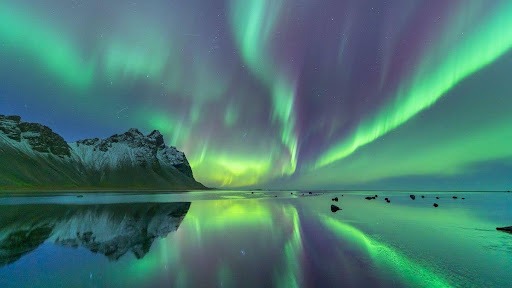
The northern lights, poetry in motion, are predominantly visible within the auroral zone spanning from 90° N to 66.6° N, encompassing regions of several countries, including Norway, Sweden, Finland, Russia, Iceland, Greenland, Canada, and Alaska in the United States. While typically confined to higher latitudes, during geomagnetic storms, they may grace lower latitudes unpredictably.
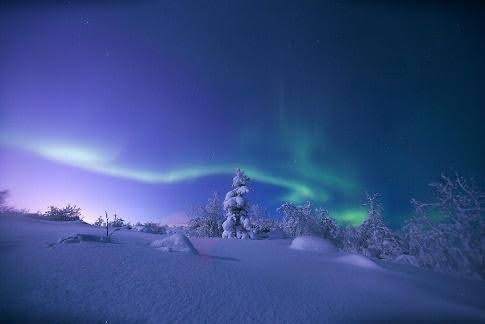
Beyond their scientific allure, the northern lights carry profound cultural significance, intertwined with indigenous beliefs and ancient myths. Native Arctic communities attribute spiritual significance to these celestial displays, echoed in ancient cave paintings in France dating back to 30,000 years old. The Sami people’s shamanistic traditions revere the lights as “Guovssahas,” translating to “the light which can be heard,” while Norse mythology weaves them into the fabric of Valkyrie lore, symbolizing the armour of warrior virgins guiding souls to the afterlife.
But for all its beauty, this spectacular light show is a rather violent event.
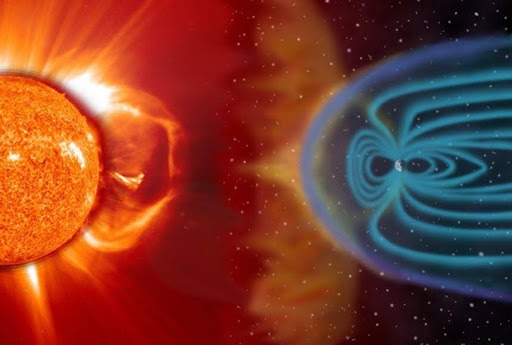
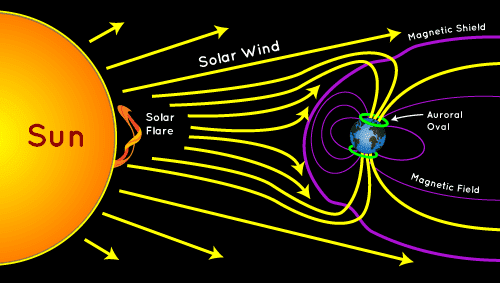
Auroras occur on Earth when charged particles from the Sun’s upper atmosphere collide with the Earth’s upper atmosphere. The Earth’s magnetic field redirects these particles towards the poles, where they interact with its atmosphere. The colour displayed depends on the atmosphere’s chemical composition; oxygen is the source of the common green colour while nitrogen creates shares of purple, blue or pink. Sometimes, due to high-altitude oxygen, we get to see a scarlet red colour.
At Space India, Through Space Explorers Workshop, Terra Magneta, through experimentation, participants will gain an understanding of magnets and their behaviour. They will learn how to categorize and determine the polarity of magnets, as well as how the Earth’s magnetism works to shield it from charged particles. They will also identify earthly phenomena that exhibit the Earth’s magnetic signature, explore the possibility that magnetism is a universal phenomenon, and recognize the significance of magnets in space exploration. During the workshop, participants learn about astronomy and space through interesting and entertaining activities.
This cosmic ballet not only captivates observers but also serves as a window into the intricacies of Earth’s upper atmosphere, informing our understanding of its composition, dynamics, and the broader interplay with space weather. Crucially, this knowledge aids in safeguarding terrestrial and space-based technologies from the vagaries of space weather.
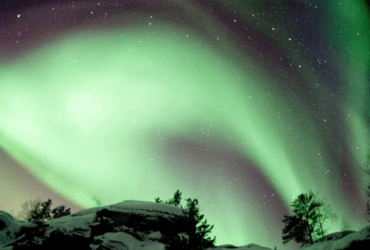

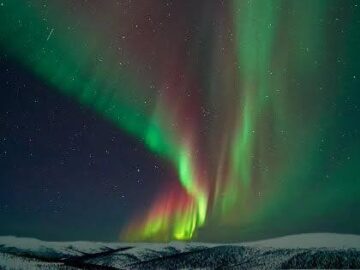
Auroras, while commonly associated with the northern hemisphere, find their counterpart in the southern lights, or Aurora Australis, manifesting similarly in the southern latitudes. Moreover, their occurrence extends beyond Earth, gracing the skies of other magnetically endowed planets within our solar system, including Jupiter, Saturn, Uranus, and Neptune. Intriguingly, even planets with feeble magnetic fields like Venus and Mars have witnessed auroral displays, hinting at the potential ubiquity of such phenomena across the cosmos. Extrapolating from the solar system, we expect auroras to be common in the skies of exoplanets. However, to observe them, we need better tools to observe these faraway worlds.
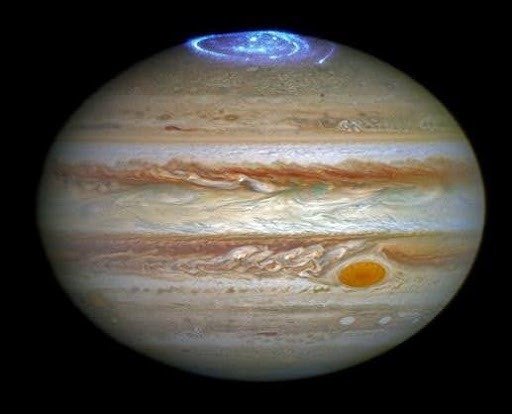
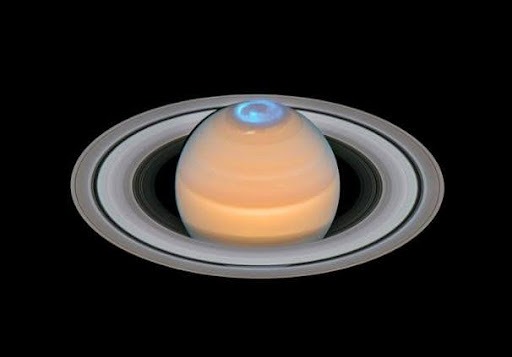
Northern lights are regarded as the Holy Grail of skywatching. They are an enchanting and magical sight, inspiring awe and wonder in all who witness them. This spectacular phenomenon occurs throughout the year but it is not always visible. However, optimal viewing conditions align during the autumn and spring equinoxes, coinciding with heightened solar activity, offering a window between October and March when darkness prevails over high-latitude regions. This temporal alignment ensures an unhindered spectacle, unfettered by the intrusion of the midnight sun prevalent during the summer months.
In essence, the allure of the northern lights lies not only in their aesthetic grandeur but also in their capacity to evoke wonder, bridging scientific inquiry with cultural reverence.
—
If you like the blog, enrol your school or yourself (k-12 student) in our School Programs or Online Programs, call us at +91-74020 74020 or write to us for any query: getintouch@space-india.com

